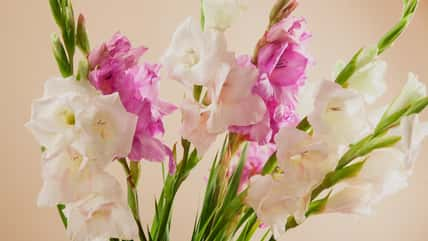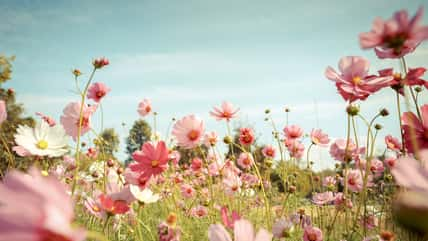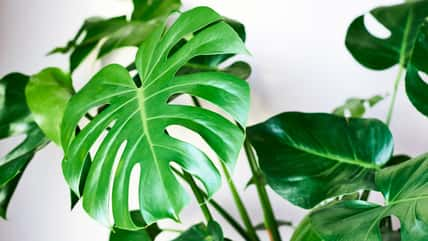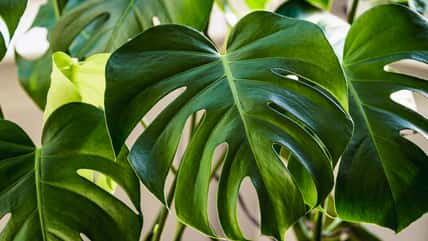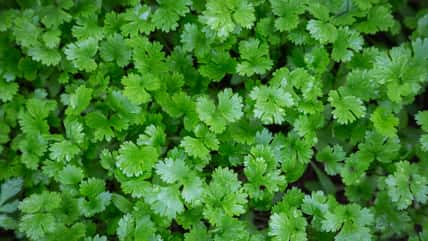These Are The Five Best Bonsai Trees For Beginners Looking To Try Their Hand At Cultivating A Beautiful, Low-Maintenance Bonsai Garden

Bonsai trees have a way of capturing our imagination in a way few other plants can. With their origins steeped in ancient traditions, bonsai trees offer a unique blend of art, history, and horticulture.
Still, for those new to the bonsai scene, the thought of caring for one might seem a little daunting. But starting your bonsai journey can actually be as serene and satisfying as the practice itself, especially when you know which trees are beginner-friendly.
A Brief History Of The Bonsai
The art of bonsai, which originated in China before being adopted and refined by the Japanese, is all about the aesthetic miniaturization of trees.
It’s a practice that combines horticultural knowledge with artistic design, aiming to reflect the beauty and harmony of nature on a diminutive scale.
Bonsais are not genetically dwarfed plants but are actually regular trees carefully pruned and shaped over years to maintain their small stature.
The appearance of a bonsai tree can vary widely, from the stout and leafy to the tall and sparse, each with its own unique charm and character.
Juniper Bonsai
The Juniper bonsai, with its lush greenery and flexible branches, stands out as a prime candidate for beginners.
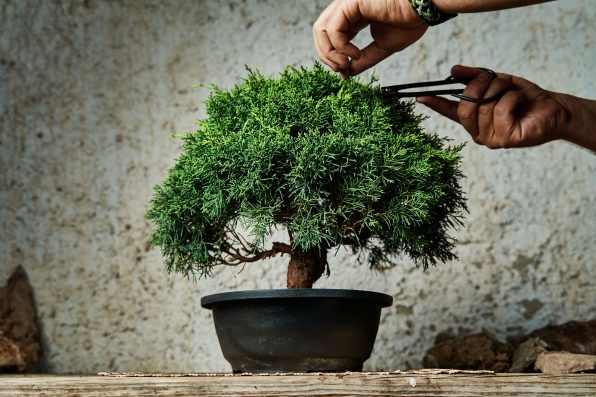
Alvaro – stock.adobe.com – illustrative purposes only
Junipers portray a sense of rugged natural beauty, often styled in windswept or cascading forms to mimic the resilience of trees in harsh natural environments.
Plus, its ability to withstand various shaping techniques makes it an excellent choice for those eager to experiment with their bonsai’s design.
They thrive best outdoors, where they can bask in full sunlight and only require moderate watering to maintain their health.
A key care tip is just to let the soil dry slightly before the next watering, ensuring the roots do not sit in moisture for too long.
Ficus Bonsai
Ficus bonsais are beloved for their robustness and versatility, making them ideal for indoor conditions.
Characterized by their thick trunks and shiny, dense leaves, Ficus bonsais can adapt to less-than-perfect light conditions, which is a major benefit for those with limited outdoor space.
They need bright, indirect light and consistent moisture to flourish. But they’re also forgiving if there are occasional lapses in your watering schedule.
This resilience makes the Ficus bonsai a rewarding first step into bonsai cultivation, offering a blend of beauty and easy maintenance.
Chinese Elm Bonsai
The Chinese Elm bonsai is sure to captivate all your house guests with its graceful appearance, featuring small, leathery leaves and a sophisticated twig structure.
It is also a versatile tree that adapts well to both indoor and outdoor settings. So, its elegance and adaptability make it a perfect choice for those beginners looking to add a touch of sophistication to their plant collection.
Ample sunlight and regular watering will help keep the Chinese Elm healthy. Just be sure to focus on maintaining moist but not waterlogged soil.
Jade Plant Bonsai
The Jade Plant bonsai, with its succulent leaves and stout trunk, definitely embodies the essence of a miniature tree.
Its unique appearance and easy care requirements make the Jade Plant bonsai a favorite among novices. It is a slow-growing variety, too, which means it requires less frequent pruning—a plus for bonsai beginners.
The Jade Plant thrives on minimal water, needing only occasional watering once the soil has completely dried out. Bright light conditions also foster its growth, making it an ideal choice for those seeking a low-maintenance bonsai.
Dwarf Schefflera Bonsai
Finally, the Dwarf Schefflera bonsai, known as the “Hawaiian Umbrella Tree,” is famous for its lush, umbrella-shaped foliage.
It is particularly suited to indoor environments, thanks to its tolerance for lower light levels compared to other bonsais.
The Dwarf Schefflera also requires consistent moisture, making it more forgiving of over-watering than many other bonsai varieties.
Its tropical appearance and resilience to indoor conditions make it an excellent choice for beginners looking to try their hand at cultivating an indoor bonsai garden.
Sign up for Chip Chick’s newsletter and get stories like this delivered to your inbox.
More About:Gardening
